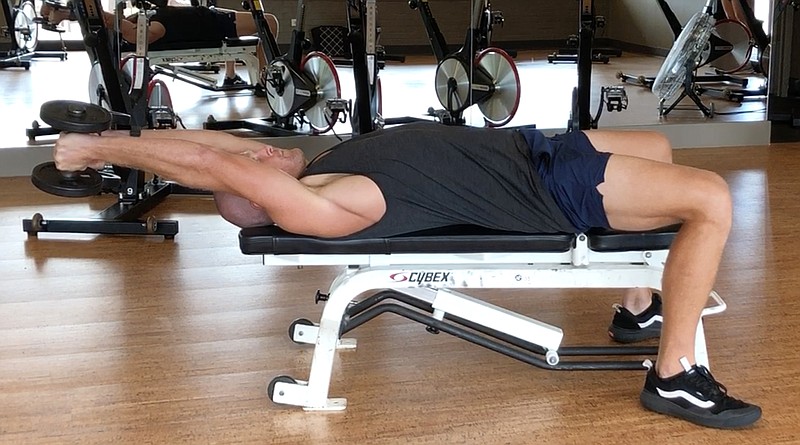Living a long-term active lifestyle takes dedication, commitment and a little bit of psychological game-play. The first two virtues are familiar to anyone who has tried to adhere to an exercise program, but the third item might not immediately come to mind.
It's about applying basic positive psychology techniques to keep yourself motivated.
I first became familiar with the concept of positive psychology during my undergraduate years, but I was able to take a specific course in the topic at the University of Kansas during my doctoral program. I sat in a room with other doctoral students who were all studying to become professional psychologists.
I remember thinking that positive psychology seemed to fit perfectly within the framework of health behavior change, my field. And it turns out there's a significant amount of research showing how exercise improves mood. As mood improves, an individual is more likely to exercise, which improves mood — and the process becomes self-sustaining. It's a cool psychological cycle that can be life-changing for many.
One of the things we discussed in my positive psychology class was self-motivation, and techniques that could help people change their thinking in a low moment. There are several tools to choose from, but I'll discuss just a couple of my favorites.
First, positive self-talk is so important. This is exactly what it sounds like. Being kind to yourself by telling yourself, "I'm worth it" and "Let's do this" can be powerful motivation-wise. So many people begin their exercise session with the opposite mindset. Oh, I've been there. Some days are tougher than others, and I have started many workouts feeling low motivation.
The key is to control your internal narrative by using positive messaging. There will be times that negative thoughts enter your mind, especially during the toughest part of a workout. Thoughts like "I can't go any farther" or "I'm not cut out for this" can cut a workout short. When such self-talk happens, a technique called "cognitive reframing" can help.
Reframing can be likened to viewing yourself from the perspective of a camera lens, and shifting those negative thoughts to positive ones.
When negative thoughts enter one's mind during a workout, the idea is to immediately shift to the camera lens viewpoint and recognize your own power and commitment to improving your health. Think about all the benefits of your exercise routine, and how your day will be better after the session.
This kind of reframing exercise, when combined with positive self-talk, is a fantastic way to improve exercise adherence for the long haul.
This week's exercise presents a great opportunity for positive self-talk (and possibly reframing) because it can be challenging. The Triceps Gravity Press is a variation on traditional dumbbell triceps exercises and is appropriate for all fitness levels (but if you have back or shoulder trouble, consult your health expert first).
[Video not showing up above? Click here to watch » arkansasonline.com/1025master/]
1. Select a pair of medium weight dumbbells and lie on your back on an exercise bench.
2. Holding a dumbbell in each hand, bend both elbows to 90 degrees.
3. From here, extend the dumbbells backward horizontally over your head until both arms are outstretched. Do not allow the dumbbells to rise any higher toward the ceiling.
4. Once both arms are extended, move the dumbbells back over the chest.
5. Continue this horizontal movement of the dumbbells for 10 slow repetitions.
6. Perform two sets.
This exercise is best performed very slowly to get the full benefit of gravity pressing down with the arms in the extended position. It doesn't require a heavy weight to be effective, which is why I like this one for beginners and experts alike. However, it will get tough when performed correctly — so don't forget to use positive self-talk and, if necessary, reframing. Enjoy!
Matt Parrott is glad to hear from readers. Send him questions or share a story about your pandemic workouts at
vballtop@aol.com
